We all know the katana—the sleek, soul-forged weapon of samurai legend. But while the katana was slicing through enemy armor, its lesser-known cousins were quietly shaping daily life across Japan. No dramatic duels, no cherry blossoms drifting in slow motion—just seriously sharp craftsmanship in kitchens, gardens, and pockets.
Today, Japanese knives still carry that same DNA: precise, purposeful, and made with an artisan’s soul. Let’s take a look at the unsung blades that keep Japan (and many of our kitchens) finely sliced.
The Art of the Everyday: What Is “Shokunin” Craftsmanship?
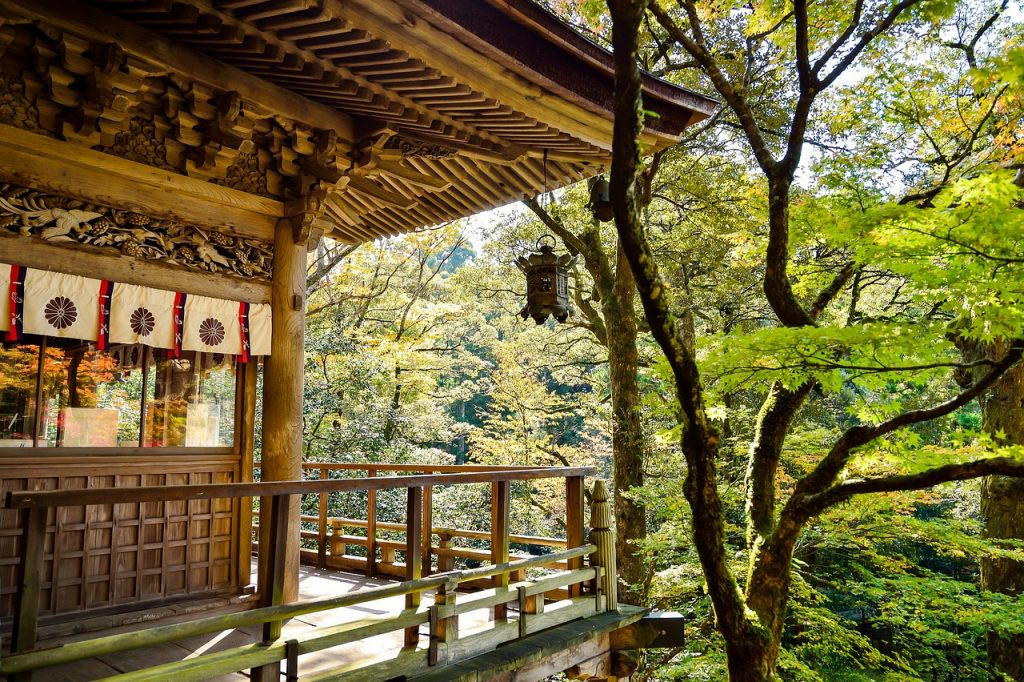
The word shokunin doesn’t just mean “craftsman.” It refers to a lifelong dedication to mastery—a sense of pride in doing even the smallest tasks with precision and care.
That spirit flows through Japanese knife-making. Whether it’s a chef’s blade or a folding pocket knife, each piece is shaped not just for function, but for elegance, balance, and experience. You’re not just buying a knife—you’re holding a tradition.
Why Japanese Steel Cuts Like Poetry
Let’s talk metallurgy—but keep it chill.
Most Japanese knives use high-carbon steels like White or Blue Steel (yes, they sound like secret agents), known for taking on ridiculously sharp edges. These steels are harder than Western equivalents, which means:
- Pro: They can be honed to razor-like sharpness.
- Con: They’re a bit more prone to chipping if mistreated. So, maybe don’t chop frozen lasagna.
Add in hand-forging techniques passed down through generations, and you get blades that are not just sharp—they’re precise, refined, and dare we say… poetic.
Meet the Unsung Heroes of Japanese Knives
- Higonokami – The Pocket Samurai
A traditional folding knife with a simple friction lock and tons of charm. Originally carried by schoolkids before knives in classrooms became less popular, the Higonokami is all about utility—cutting string, sharpening pencils, opening boxes like a boss.
Fun fact: It hasn’t changed much since the 1890s. Why mess with perfection?
- Santoku – The Kitchen All-Star
Santoku means “three virtues”: slicing, dicing, and mincing. It’s shorter and lighter than a Western chef’s knife, making it super nimble and precise. It’s like the blade equivalent of a ballet dancer—graceful, efficient, and absolutely deadly with onions.
- Nakiri – Your Veggie Samurai
With its straight-edge design, the nakiri is made for push-cutting vegetables. No rocking motion, just clean, confident slices. If you’ve ever turned a pile of carrots into paper-thin ribbons, you already know the joy.
- Kama – The Garden Blade
Originally a farming tool, the kama is a small sickle still used for harvesting and weeding. It may not make it into your pocket dump, but it’s earned its spot in the Japanese tool shed hall of fame.
Whether it’s the elegantly simple Higonokami in your pocket or the nimble Santoku dancing through dinner prep, Japanese knives bring centuries of craftsmanship into everyday life. Rooted in the shokunin tradition and forged with steels known for surgical precision, these blades aren’t just tools—they’re functional art. From the kitchen to the garden, Japan’s lesser-known knives continue to prove that utility and beauty don’t have to be mutually exclusive.
Do you have a favorite Japanese blade? Maybe a trusty Santoku that’s been through a thousand meals, or a Higonokami that lives in your pocket?
Drop a comment or tag us in a pic with #KnifeDepotJapan—we’d love to see what blades are slicing in your world!
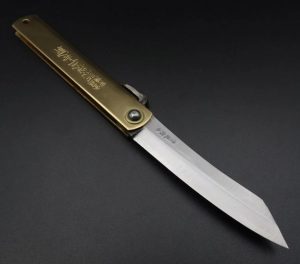
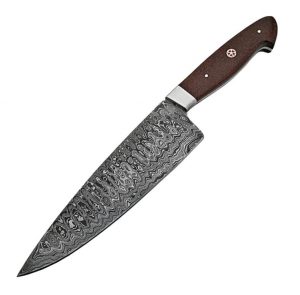
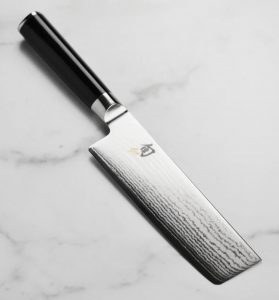
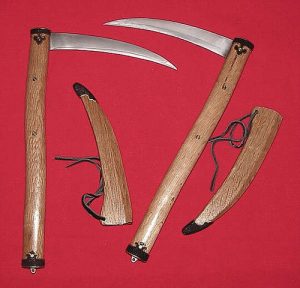




Leave a Reply